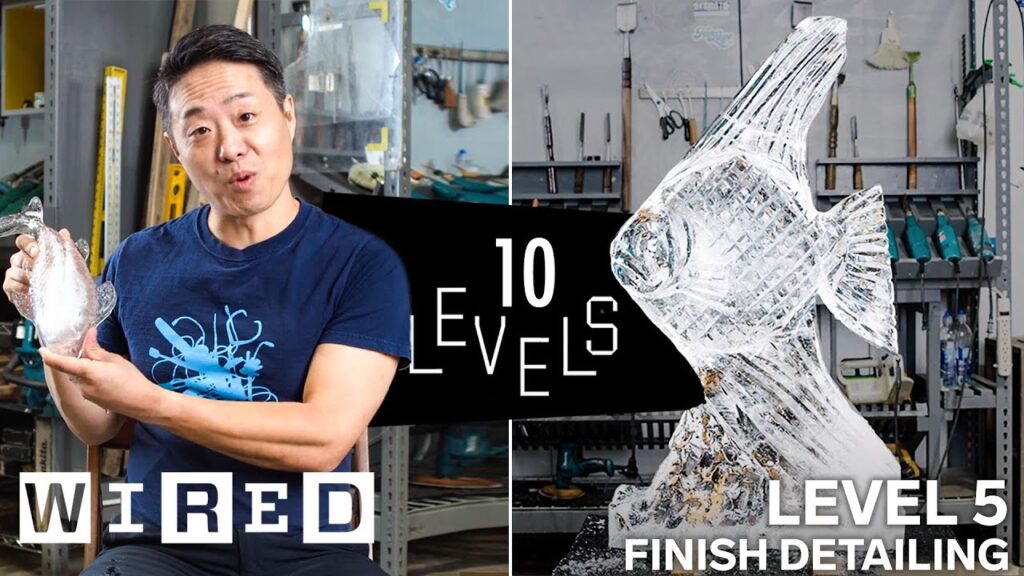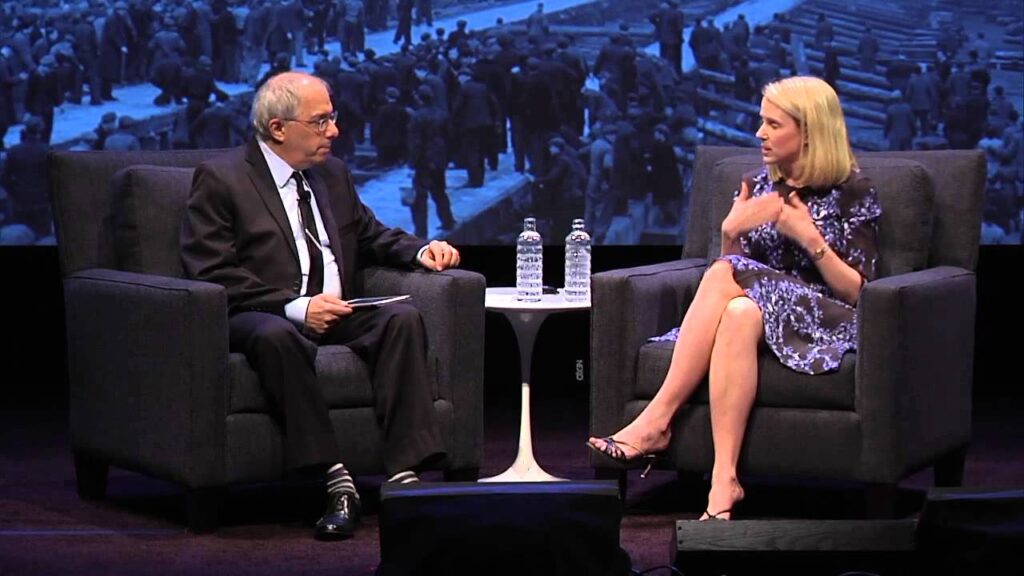Introducing the Parallelogram Mechanism – The Creature Effects Industry’s Latest Innovation
Summary
In this Q&A session with an expert in the creature effects industry, we delve into the innovation of the parallelogram mechanism. We learn how it works, its advantages, and its limitations. We also explore the challenges of designing and creating such a creature effects suit and how it was overcome.
Table of Contents
- The Idea behind the Parallelogram Mechanism
- The Garbage Bag Test and Prototyping Phase
- Designing the Suit: Challenges and Limitations
- Working with the Parallelogram Mechanism Suit
- Conclusion
The Idea behind the Parallelogram Mechanism
Q: Can you explain how the idea of the parallelogram mechanism came about?
A: We were restricted to using a human operator, so we needed a lightweight and movable approach. We wanted to avoid hydraulic and pneumatic mechanisms and couldn’t use traditional rod puppetry. That’s when I stumbled upon the Skeletonics group in Japan, who had developed a lightweight stick puppet character that was highly mobile, using pantograph technology. We thought we could make it even better, and that’s how we came up with the parallelogram mechanism.
The Garbage Bag Test and Prototyping Phase
Q: How did you test the idea before actually building the suit?
A: We did what we call a garbage bag test, which involves using cheap materials to bring the idea together in 3D as quickly as possible. The goal is to determine if the idea is possible, if it creates the silhouette we’re looking for, and if the mechanical approach is sound. We built a prototype in a matter of two or three days and tested it to see how well it translated arm movements.
Designing the Suit: Challenges and Limitations
Q: What were some of the limitations and challenges you faced when designing the suit?
A: We couldn’t rely on film trickery or traditional rod puppetry, had to ensure human operability, and had to keep it lightweight and movable. We also had to ensure that the mechanisms were all in line with the performer’s shoulder, and that the suit was at a scale where the performer could operate it while being up on stilts. Another challenge was determining how much movement we wanted, since we couldn’t rely on hydraulics or pneumatics.
Working with the Parallelogram Mechanism Suit
Q: What was it like working with the parallelogram mechanism suit?
A: It was challenging, as we had to ensure that the creature’s forearm was always, no matter where it is in space, parallel to the operator’s forearm. We had to balance the frameworks, materials, and performance, while ensuring that the performer could operate the suit in a crowded working environment. The trickiest part was manipulating the giant arms right above the human operator’s arms, while still ensuring that the human arms were visible and part of the character. The end result was a forearm robot with synchronized movement that was stunning and a true innovation in creature effects.
Conclusion
In conclusion, the parallelogram mechanism is a true innovation in the creature effects industry. It provides a lightweight and movable approach to creating realistic character performances while still relying on human operability. This mechanism, coupled with cheap and quick prototyping methods, has revolutionized the way creature effects are designed and created, and the possibilities for future developments in this area are exciting.






